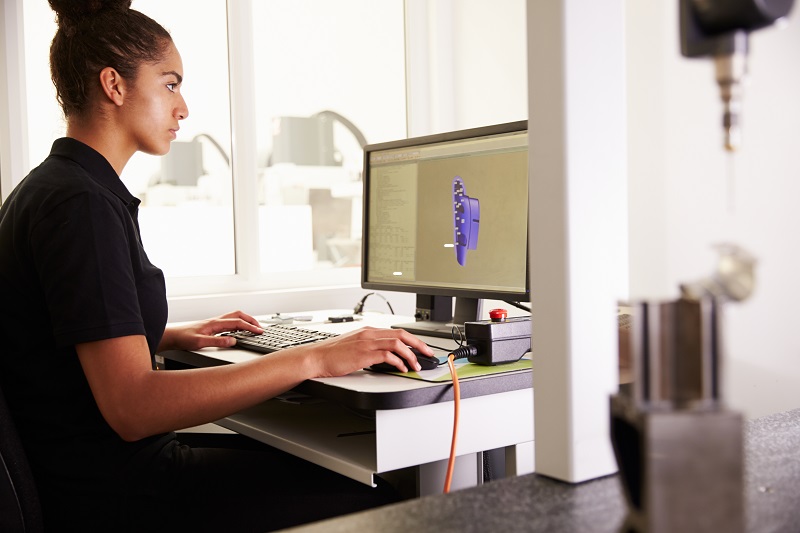Pooja Malpani began her journey studying computer science at University in a time where she was a part of a minority of women joining the STEM field. Since then, she has built up her career to lead the team responsible for Consumer Web, Media & Marketing engineering at Bloomberg. With years of experience behind her, she spoke with DiversityQ about the importance of having women working in engineering STEM.
How did you go from computer science student to head of engineering?
I have worked in various roles in the technology sector over the past 17 years. After finishing my studies, my first role was in a consulting firm, and from there I moved into product companies, including Microsoft as their Senior Software Design Engineer & Lead, where my role included working in communications and streaming. From there, I moved to the television network HBO as their Senior Engineering Manager. My group was responsible for Subscription Management, including Auth, Direct Commerce, and Partner Commerce across the web, mobile and connected devices. I also prepared the network for high traffic shows like “Game of Thrones,” which went on to be one of the most viewed programmes of the last decade.
Now I lead engineering for Bloomberg Media. In my current role, I lead an amazing set of teams that are responsible for web and native mobile applications and supporting systems that deliver market-moving news, data, audio and video to our consumer audience, as well as syndication partners. My group also manages Bloomberg’s marketing web sites, as well as various Bloomberg Philanthropies sites.
What is the biggest challenge you have faced?
No matter who you are, we will all face challenges at some points in our careers. For me, the challenges I have encountered in my career have been remedied by two things: a great support system and an upfront attitude to approaching them. This means talking to the right people at the right time, as well as knowing when to walk away. One time, I even decided to leave a team because our values and goals weren’t aligned, and I knew I would not be satisfied in the role. Sometimes you need to leap out of your comfort zone to get to where you want to be.
Have you seen the number of women in STEM roles changing?
Fortunately, yes. While the gender ratio is still unbalanced, I have most certainly observed the number of women enrolling in STEM increasing over time. Yet, gender representation among senior roles needs to continue improving. I am optimistic that those workplaces that continue to invest in talent development, training, and mentorship programmes will keep thriving and see more diversity. It is a virtuous cycle.
How do we get more women into engineering roles?
It’s about changing the way talent acquisition and programmes look and work today. Businesses need to diversify the routes that women, and other underrepresented individuals, can take to enter the workplace. For example, Bloomberg has returner programmes, where women who decided to leave the workforce for a while are supported back into working life. Working mothers find it incredibly difficult to get back into work, and younger women can be scared to take time off to have children, and so we need to show support for women to encourage them to stay in STEM. We have programmes where people from non-software backgrounds are reskilled – even upskilled – to get a foot in the door.
Businesses can also contribute to encouraging women into engineering roles by looking at those who are already working, and what opportunities are available to them to move up or across to where they truly want to be. And if there aren’t enough role models, launching proactive initiatives within your organization to develop more is essential.
Why is having role models so key to getting young women into the industry?
For women and underrepresented groups who are debating whether or not to pursue a career in STEM, having a role model or mentor can help to be the encouragement that they need to avoid being deterred by some of the barriers to entry. Remember, if you can see it, you can be it!
Mentors also play a key role in finding new ways to share opportunities across the business in a fair and balanced way. This is something that can really help to diminish the barriers to entry.
What advice do you have for young women in STEM?
My three pieces of advice to others are to display enthusiasm, excellence, and empathy. Enthusiasm is hugely important. It helps when you show passion for your day-to-day work. Excellence is about making sure you’re giving your all to whatever you’re doing, no matter how small. Whether that means adding technical leadership or management excellence – it all plays a part. The third is empathy. It’s so important to be open-minded and empathetic towards customers, stakeholders, teammates, and even someone who is breathing fire down your neck to get something done.









